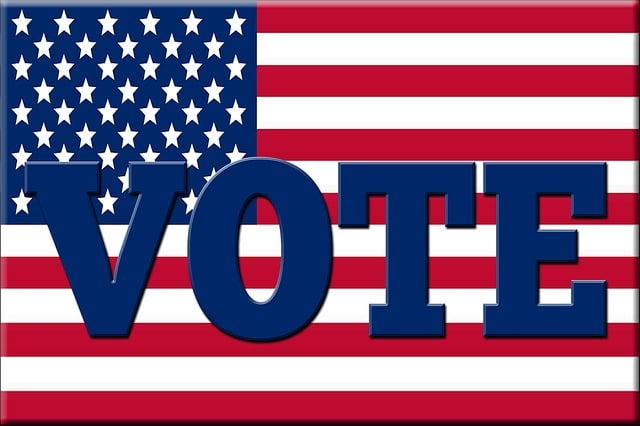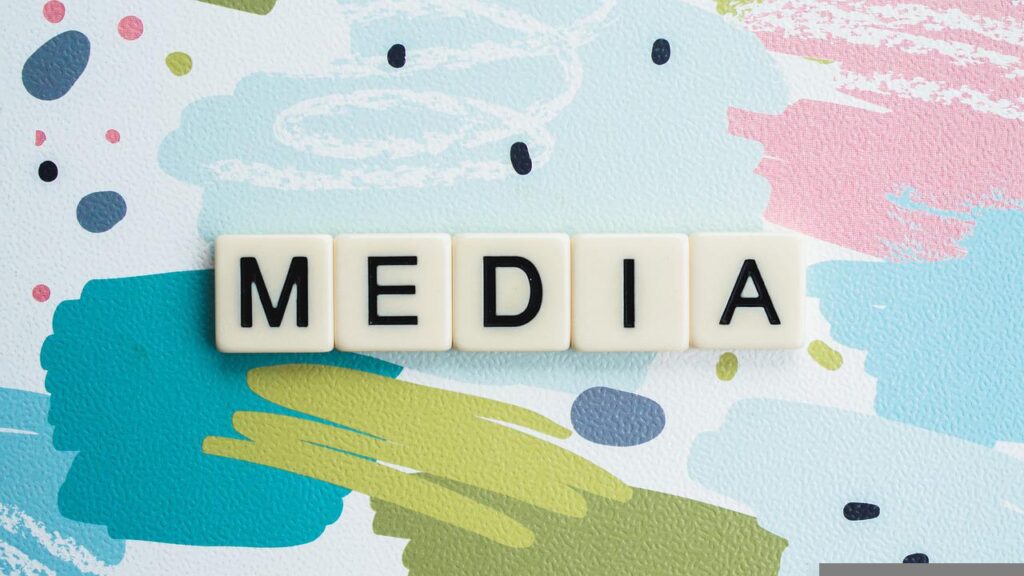
You might think it’s prudent to pause your PR campaign this fall due to the media’s emphasis on the upcoming U.S. presidential election on November 5th. However, this strategy could be short-sighted. Here are five reasons to consider not hitting the pause button on PR this fall.
1) Many Journalists Don’t Cover Politics. Even though political news is a main focus right now, many reporters, freelance writers, producers, podcasters, bloggers, and newsletter editors, don’t cover politics or the election. Their beats may be lifestyle topics, consumer trends or products, travel, dining, technology, real estate, education, or small business. Therefore, they will need credible sources and experts to interview, interesting content and engaging stories to cover this fall and year-round.
2) ‘Tis the Season for Holiday Gift Guide Pitching. The fall is a very busy time for media professionals who produce, write or contribute to holiday gift guides. Many have already requested 2024 holiday gift ideas for products and services and held workshops on tips for getting coverage. HGGs provide opportunities for brands and businesses to be featured by influencers, journalists, or TV and social media personalities, who consumers follow for ideas and advice. Pausing outreach efforts will greatly impact your chance for inclusion in these popular guides.
3) To Capitalize on early 2025 Media Opportunities. Perhaps you would like to create story ideas, an event, contest, giveaway, etc., for your brand pegged to the Super Bowl (February 9), Valentine’s Day (February 14), American Heart Month or U.S. Black History Month, (February 2025) or Women’s History Month (March 2025). If so, fall is a good time to get your strategy and action plan in place.
4) Consider Your 2025 Priorities and Inherent Lead Time. The time required to plan and implement a targeted media outreach campaign, special event, new product announcement, or facilitate thought leadership tactics such as bylined articles and speaking engagements, can take several months. Don’t wait until after the election to get started on these PR activities if they are among your priorities scheduled for 2025.
5) Maintain Momentum for Successful Results. Your communications team may currently be working intently with reporters to arrange media interviews for your company or campaign’s spokesperson, coordinating details for an industry conference, a grand opening, or other focused project with a fall 2024 timetable. Pausing before or after the election will interrupt their progress and potentially impact the results.
Please reach out with any questions.



